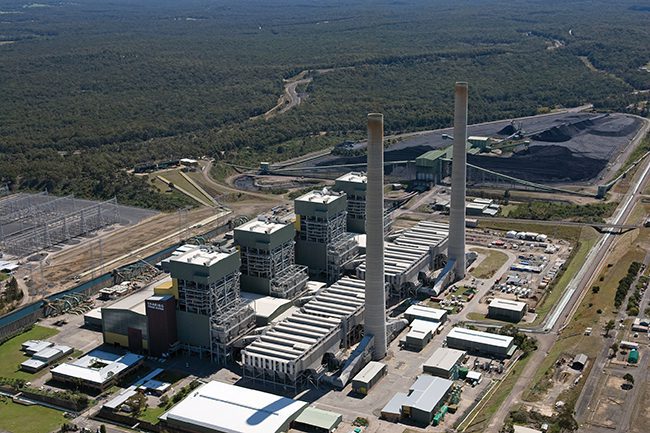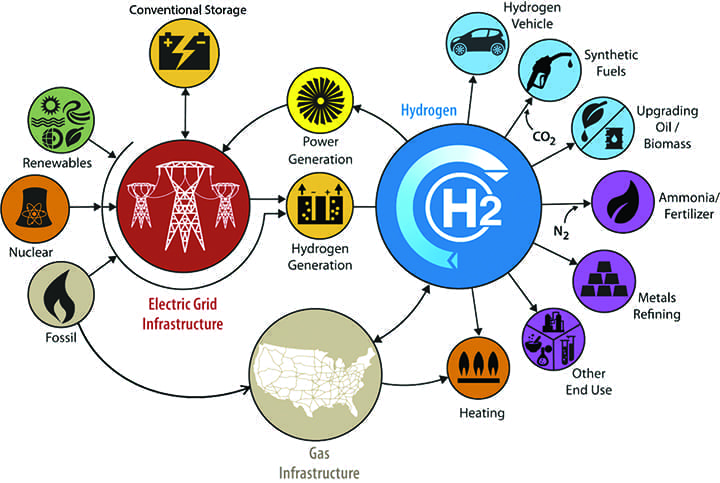Economy & Energy
Economy & Energy One of Trump's recurring narratives during the campaign was that, if elected, he would order a significant increase in taxes on imported products. The argument was based on the associated creation of more local productive activity. This is certainly what voters wanted to hear! But, assuming a massive increase in taxes, there will, of course, be a..
Energy Central…

